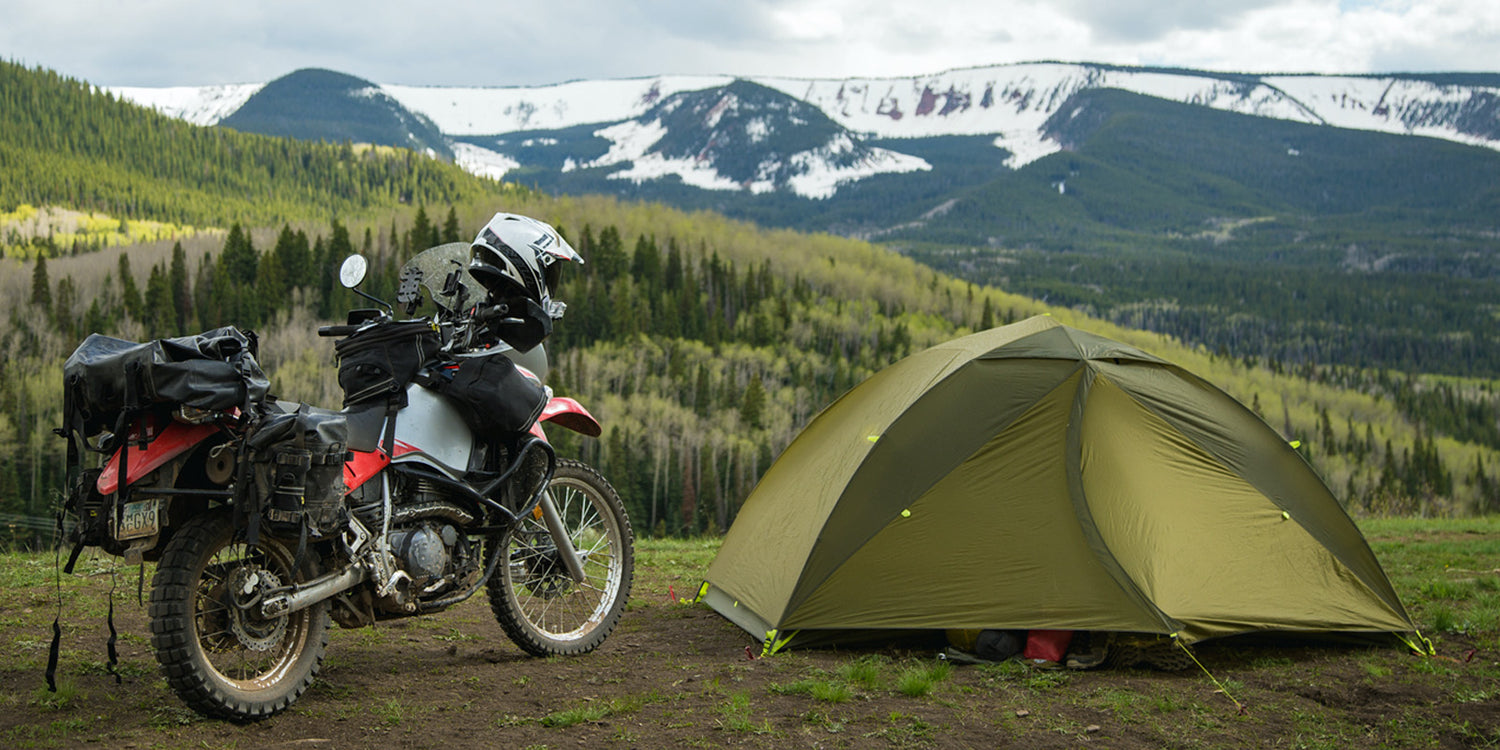Sleeping Bags for Moto Camping
COMING SOON
-
Sea To Summit Aeros Premium Pillow
Vendor:Sea To SummitVendor:Weight: 70 gRegular price From £32.00Regular priceUnit price per -
Sea To Summit eVent® Dry Compression Sack
Vendor:Sea To SummitVendor:Weight: 129 gRegular price From £23.00Regular priceUnit price per -
Sea To Summit Aeros Ultralight Pillow
Vendor:Sea To SummitVendor:Weight: 54 gRegular price From £30.00Regular priceUnit price per




